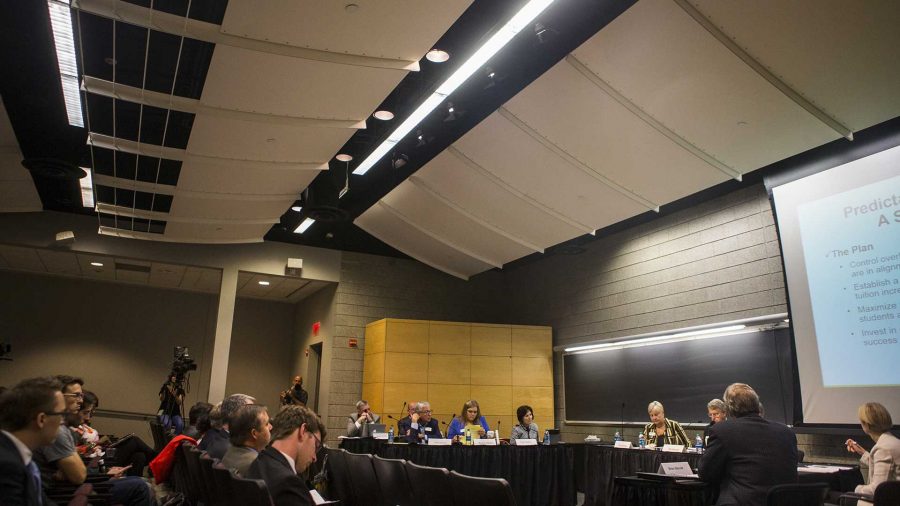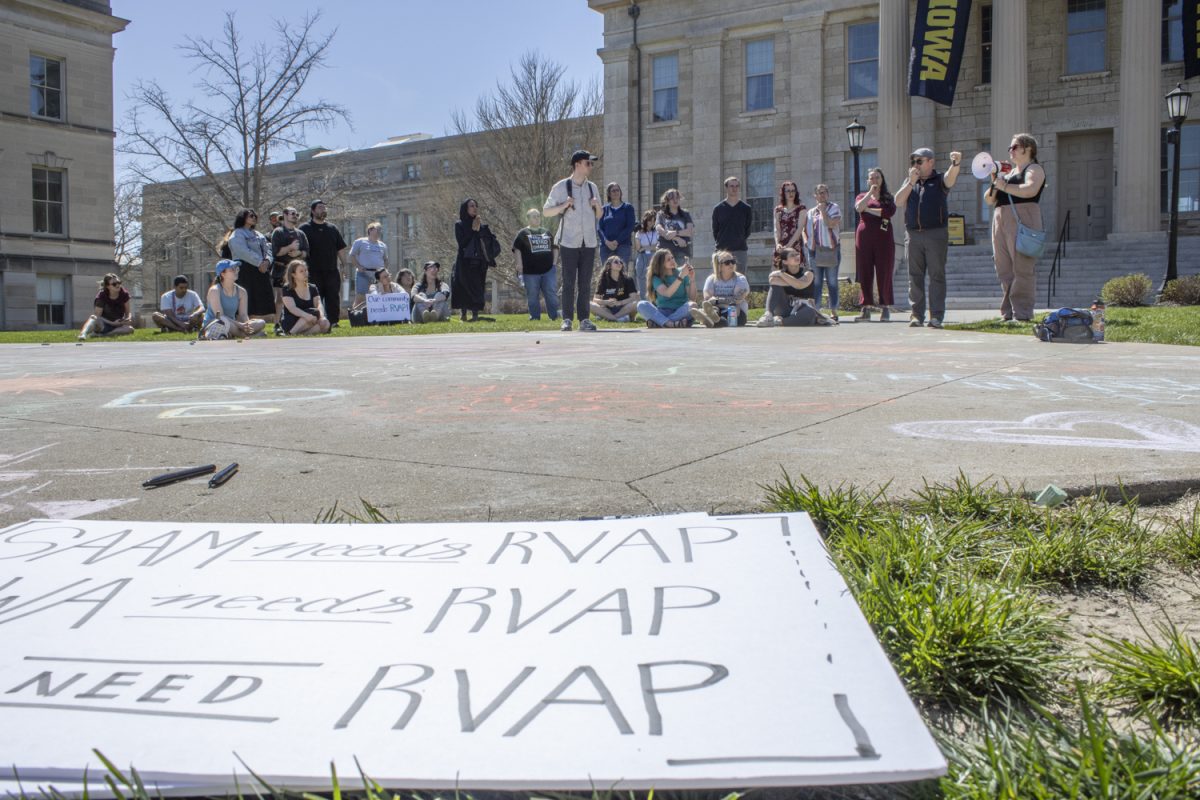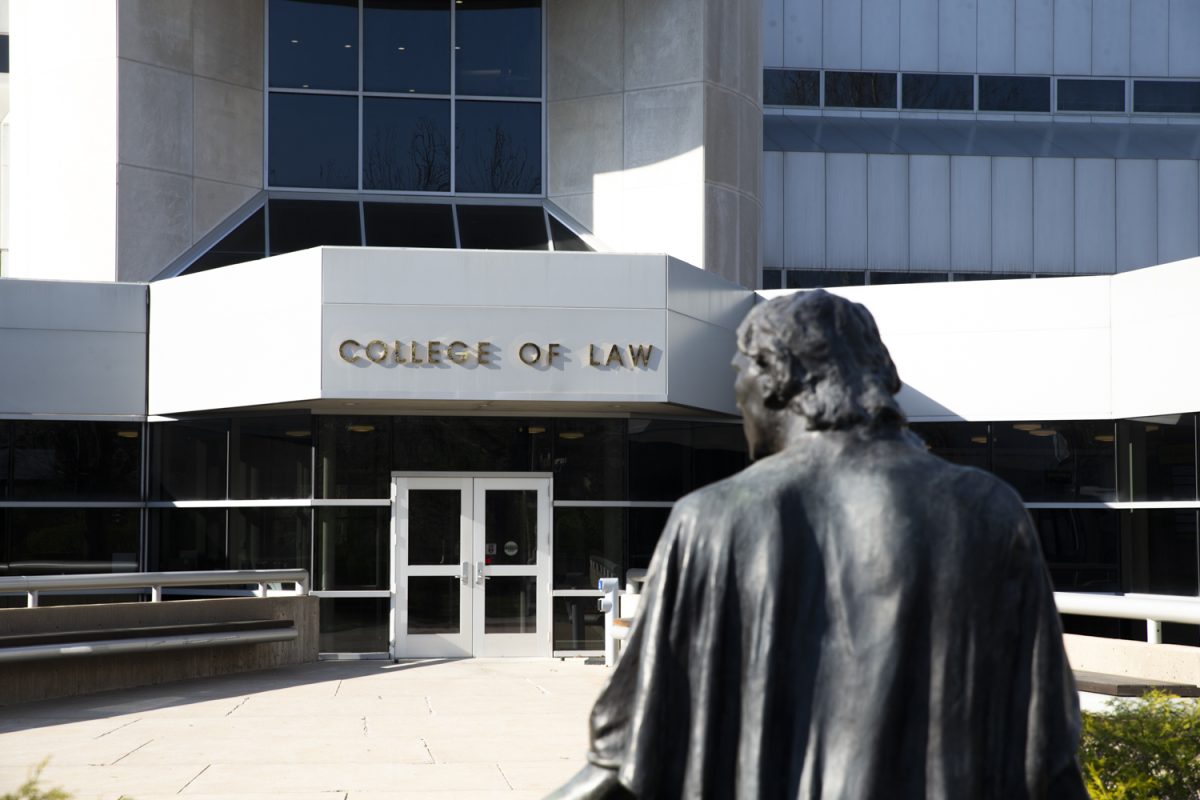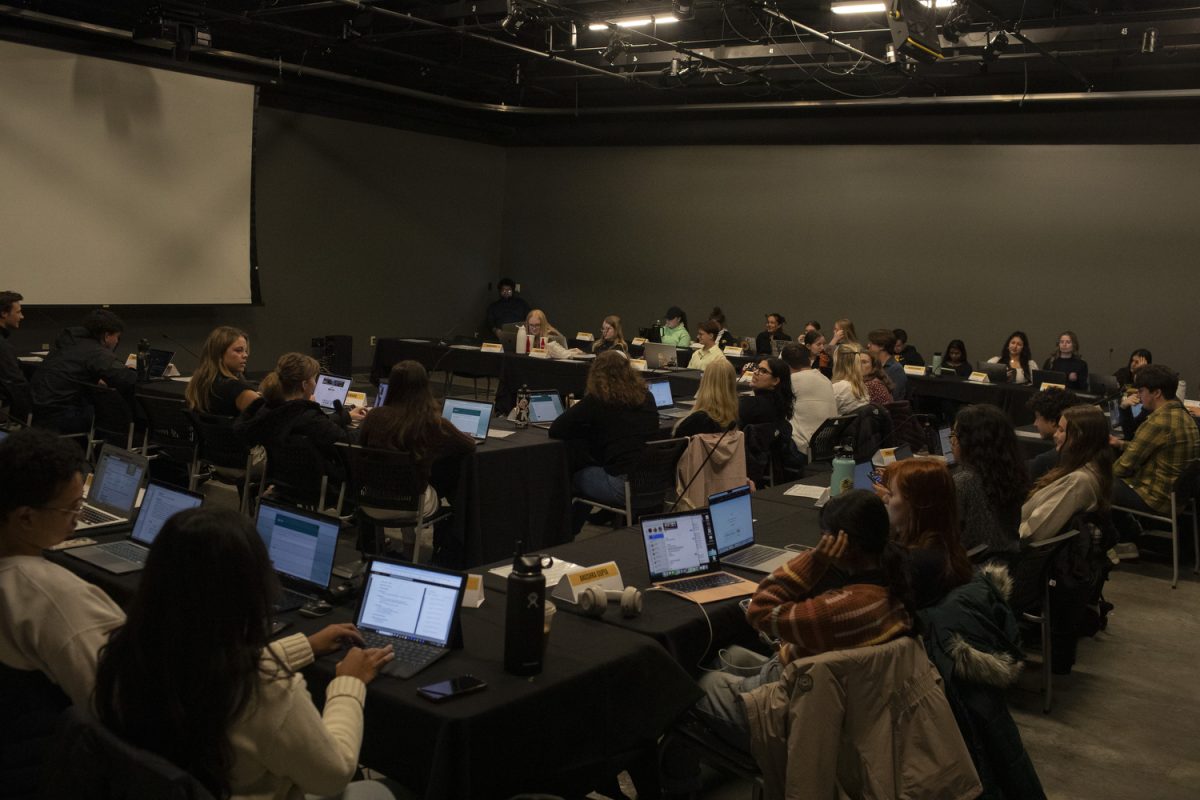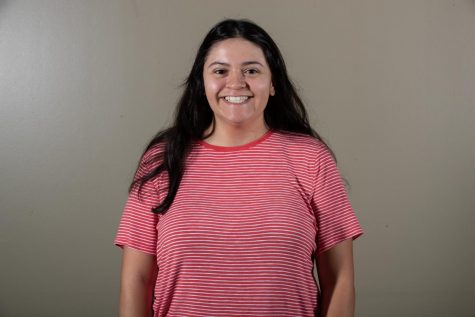As enrollment has generally spiked and tuition revenue has risen at the University of Iowa, for some — particularly nonresidents — concerns remain that financial aid may not be enough to cover the costs of tuition increases.
According to a report published by the UI Office of the Provost, 54.4 percent of the university’s undergraduate students were nonresidents in the fall of 2016. The higher nonresident enrollment numbers declined in the most recent incoming class, however — the UI announced Sept. 7 its Class of 2021 comprises more resident students, with 58 percent of students being from Iowa.
RELATED: UI takes measures to limit enrollment in Class of 2021
Unlike other public universities across the U.S., the UI does not have reciprocity agreements for tuition adjustments with other states. Tuition-reciprocity agreements among regions and individual states allow students to attend schools out of state at a lower tuition rate, and because the UI does not have any such agreements, only those classified as Iowa residents are able to pay a lower tuition rate.
Financial aid can be broken up into four categories: federal, institutional, state, and private sources. Cathy Wilcox, the director of operations in the Student Financial Aid Office, said most of the aid comes from the federal level through grants and loans and also through the federal work-study program. Wilcox also noted that students tend to not receive as much aid from the state due to the funding model.
“Our office has developed what we call the cost of education,” Wilcox said. “This is mandated by federal financial aid as to what we can use in determining the cost.”
When the office awards students financial aid, the student’s residency status is not taken into consideration. However, because of the higher tuition rates for nonresident students, they may have a greater financial need and therefore receive more financial aid.
RELATED: UI changes residency rules
One way students receive federal aid is through the federal direct loan program. Wilcox said a nonresident student may receive a higher offer for a parent plus loan through this program because they may have a greater financial need.
Another way nonresident students have offset the cost of higher education at the UI is through establishing Iowa residency for tuition purposes by fitting particular requirements, including taking no more than six credits a semester as an undergraduate and living in Iowa for 12-consecutive months.
UI student Allen Rashid, who came from Minnesota to the UI to study sports and recreational management, said he had mainly received scholarships from the UI. But he noted that he will have to take out loans to afford his education.
Rashid said he did not receive a lot of federal aid and that his family would not be able to afford the full price of nonresident tuition.
“They’re going to do what they can of course, but it’s still going to come down to student loans at the end of the day,” he said.
According to a report delivered to the state Board of Regents in June, 55 percent of the UI 2016 graduating class graduated with debt averaging $26,557, though that number has been trending downward in recent years.
Iowa ranks 30th in the nation among public four-year institutions in percentage of first-time full-time undergraduates with any loans, totaling 55 percent of students, according to a report from the National Center for Education Statistics Integrated Postsecondary Education Data System.
Rashid said he believes the university tries to help nonresident students afford a college education.
RELATED: Report reveals declining debt among grads
UI student Tristan Schmidt, who serves on the President’s Financial Aid Advisory Committee and UI Student Government as the director of Academic Affairs, would like to see more financial help.
While the committee has not met this year, Schmidt said, he hopes to make changes to lower the cost of higher education for students coming to the UI.
Schmidt said he became interested in the committee after hearing UI President Bruce Harreld told the state Board of Regents about the UI’s plan to increase tuition consistently for the next five years. Harreld has also said he plans to ensure financial-aid offerings increase as tuition rates rise.
“The university tries to make every dollar count for every student no matter what,” Schmidt said. “They want to make sure that every dollar put in the university is getting spent wisely.”
He said he believes cost can stop students from pursuing higher education, but he hopes others will be optimistic about the future.





